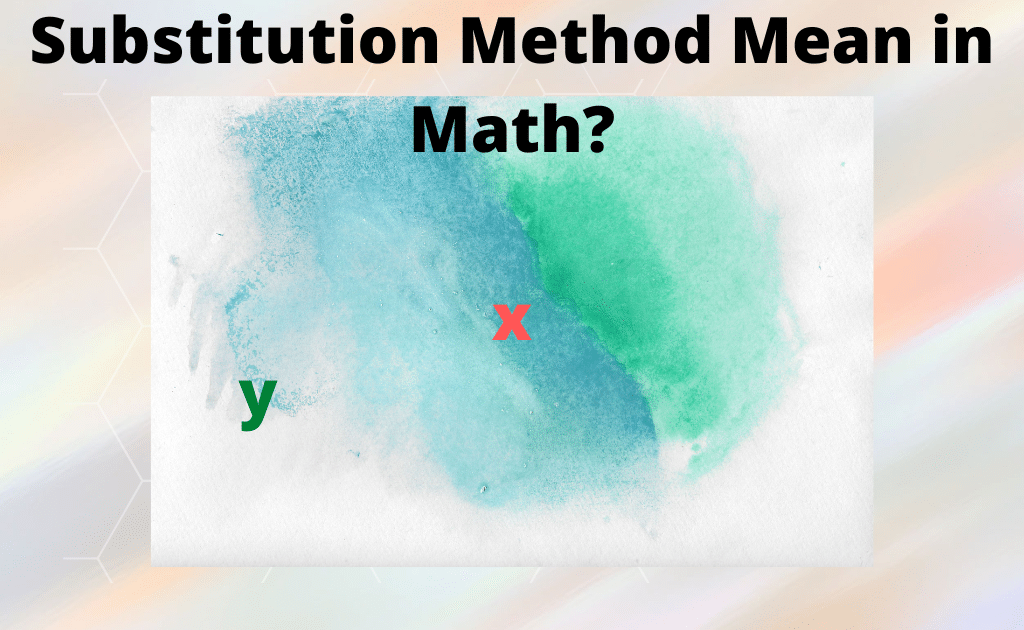Polynomials: Definitions and Operations
In algebra, polynomials are fundamental algebraic expressions that support a vast array of mathematical concepts and applications.
In this article, we will discuss the world of polynomials, exploring their structure, operations, and practical applications.
What Are Polynomials?
Polynomial is an expression consisting of variables and coefficients. It involves only the operations of addition, subtraction, multiplication, and non-negative integer exponents.
For example, x, 5x^2 – 3x + 7, and 2xy^3 + 4yz are all polynomials.
General Form of a Polynomial
The general form of a polynomial is:
f(x) = an * x^n + an-1 * x^(n-1) + ... + a2 * x^2 + a1 * x + a0Here, f(x) represents the polynomial, x is the variable, and an, an-1, ..., a0 are the coefficients. The exponents n should be non-negative integers.
Degree of a Polynomial
Degree of a polynomial is determined by the term with the highest exponent.
For example, the polynomial 5x^3 + 2x^2 – x + 7 has a degree of 3, since the highest exponent is on the x^3 term.
Degree gives information about the highest power that variable has in the polynomial. A constant polynomial, like 5, has a degree of 0.
Polynomial vs. Non-Polynomial
Polynomials are distinct from non-polynomial expressions due to their structure. For an expression to be considered a polynomial,
- Variables must have non-negative integer exponents.
- Coefficients should be real numbers.
- There must be a finite number of terms.
- Only addition, subtraction, and multiplication operations are allowed.
Polynomial Types
Constant Polynomials (Degree 0)
These have no variable terms. For example, P(x) = 7.
Linear Polynomials (Degree 1)
These have a single variable term. For example, Q(x) = 3x + 2.
Quadratic Polynomials (Degree 2)
These have two variable terms. For example, R(x) = 2x^2 - 5x + 1.
Cubic Polynomials (Degree 3)
These have three variable terms. For example, S(x) = 4x^3 + x^2 - 3x - 7.
Quartic Polynomials (Degree 4)
These have four variable terms. For example, T(x) = 4x^4 + 3x^3 - x^2 + x - 7
| Polynomial Type | Degree | Example |
|---|---|---|
| Zero Polynomial | Not Defined | P(x) = 0 |
| Constant Polynomial | 0 | Q(x) = 8 |
| Linear Polynomial | 1 | R(x) = 2x + 5 |
| Quadratic Polynomial | 2 | S(x) = 3x^2 + 2x + 1 |
| Cubic Polynomial | 3 | T(x) = 4x^3 + 2x^2 + x + 7 |
| Quartic Polynomial | 4 | U(x) = 5x^4 + 4x^3 + 2x^2 + 3x + 1 |
Polynomial Operations
Adding and Subtracting Polynomials
To add or subtract polynomials, combine like terms. Like terms have the same variables raised to the same powers.
Example
(3x^2 – 2x + 5) + (2x^2 + 4x – 1) = 5x^2 + 2x + 4
To subtract polynomials, change the sign of the polynomial being subtracted and then combine like terms.
Example
(3x^2 + 5x – 7) – (2x^2 – 4x + 1) = x^2 + 9x – 8
Multiplying Polynomials
To multiply two polynomials together, use the distributive property and FOIL method. Multiply each term in one polynomial by each term in the other.
Example
(x + 3)(x – 5)
= x(x) – x(5) + 3(x) – 3(5)
= x^2 – 5x + 3x – 15
= x^2 – 2x – 15
The degree of the product is the sum of the degrees of the polynomials being multiplied.
Dividing Polynomials
Long division can be used to divide polynomials. Divide the first term of the dividend by the first term of the divisor.
Example
(x^3 + 3x^2 – 9) / (x – 3)
The result is x^2 + 6x + 9.
Special Polynomials
Monomials
These are polynomials with a single term. For example, 5x or 4y^3.
Binomials
These are polynomials with two terms. For example, 3x - 2 or a^2 + b.
FAQS
What are the parts of a polynomial called?
The parts of a polynomial are the coefficients and variables. The coefficients are the numbers that are multiplied by the variables. The variables are the unknowns represented by letters like x, y, z.
What is the degree of a constant polynomial?
A constant polynomial, like 5 or -2, has a degree of 0. This is because it does not contain any variables.
Can a polynomial have negative exponents?
No, polynomials can only have positive integer exponents. Negative and fractional exponents are not allowed.
What happens if you divide a polynomial by 0?
Dividing a polynomial by 0 is undefined. It results in an error as you cannot divide any number by 0.
Do polynomials have limits to how many terms they can have?
No, there is no limit to the number of terms a polynomial can have. However the degree of a polynomial is determined by the greatest exponent on its variable term.




Leave a Reply